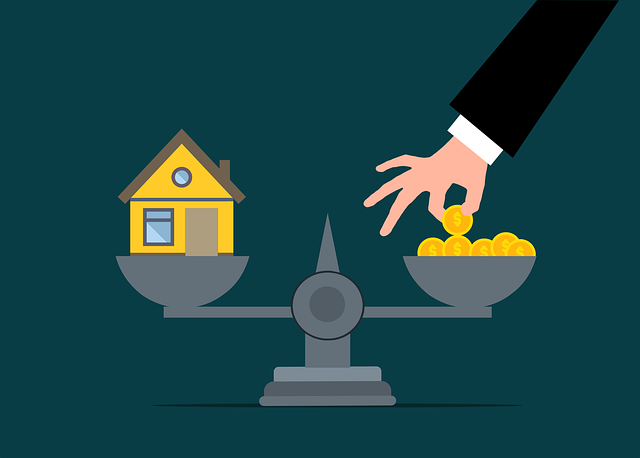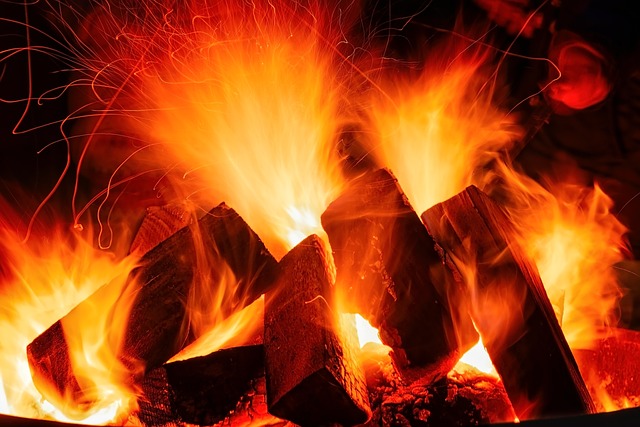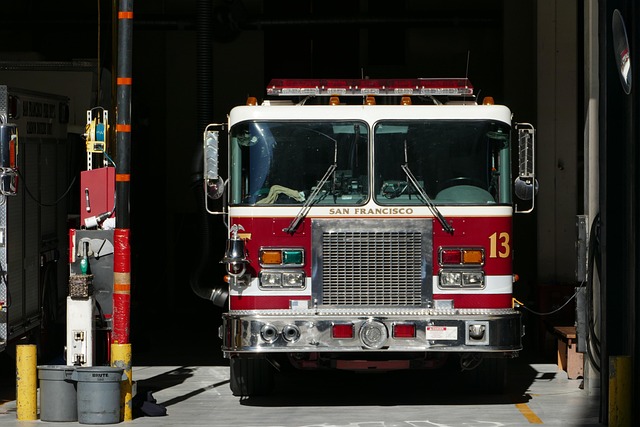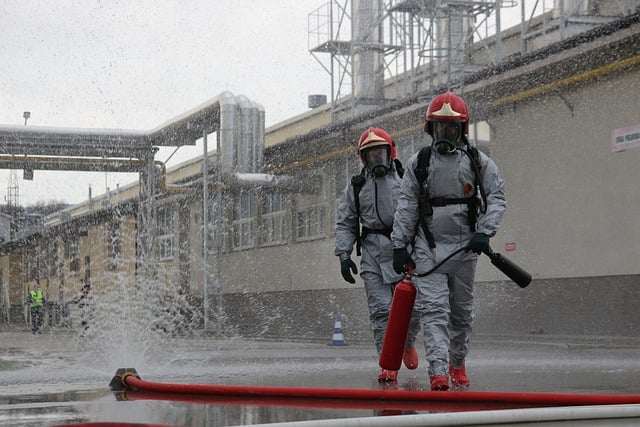Selling fire-damaged property in California requires strict adherence to disclosure laws that aim to protect both buyers and sellers. These regulations mandate comprehensive reporting of previous fires, their extent, and subsequent repairs for various property types, empowering buyers with crucial information for informed decisions. Non-compliance can lead to severe penalties, emphasizing the need for transparency, thorough inspections, and professional consultation for a successful transaction.
“California’s fire disclosure laws are designed to protect homebuyers and ensure transparency when selling fire-damaged properties. This comprehensive guide navigates the intricate rules, shedding light on who they apply to and what information is crucial for disclosure. From understanding the scope of affected properties to recognizing penalties for non-compliance, this article equips you with essential knowledge for a smooth sale. Learn how to disclose effectively, adhering to California’s strict standards when selling fire damaged property.”
- Understanding California's Fire Damage Disclosure Laws
- Who Does the Rule Apply To and What Properties Are Included?
- What Information Needs to Be Disclosed When Selling Fire-Damaged Property?
- Penalties for Non-Compliance and How to Ensure a Smooth Sale
Understanding California's Fire Damage Disclosure Laws

In California, selling fire-damaged property comes with specific legal considerations. The state has established fire damage disclosure laws aimed at ensuring transparency and protecting potential buyers. These regulations require sellers to disclose any known fire damage or defects to prospective purchasers before a transaction is finalized. This includes revealing the extent of previous fires, the year it occurred, and any repairs or remediation efforts made since.
Understanding these disclosure rules is crucial for both sellers and buyers when it comes to selling fire-damaged properties in California. Sellers must be honest and comprehensive in their disclosures, avoiding any misleading information. Buyers, on the other hand, have a right to know the history of potential hazards and can use this information to make informed decisions or negotiate terms. Adhering to these laws is essential for a smooth sale and mitigating legal risks associated with selling fire-damaged properties.
Who Does the Rule Apply To and What Properties Are Included?

The California fire disclosure rules apply to a wide range of individuals and entities involved in real estate transactions within the state. These regulations are particularly relevant for those looking to sell fire-damaged properties, as they ensure transparency and protect buyers’ interests. The rules cover various types of residential and commercial properties, including single-family homes, condominiums, townhouses, and multi-unit buildings.
When it comes to specific properties, the rules encompass those that have been affected by a fire, regardless of when the incident occurred. This includes structures that have undergone repairs or renovations after a fire damage event. The goal is to provide potential buyers with accurate information about any historical fire incidents and associated risks, allowing them to make informed decisions when purchasing real estate in California.
What Information Needs to Be Disclosed When Selling Fire-Damaged Property?

When selling fire-damaged property in California, specific disclosure rules come into play to ensure transparency and protect buyers. Sellers must provide a detailed report on the extent of damage caused by the fire, including any structural issues, water damage, or other hazards that may impact the property’s value or safety. This information is crucial for prospective buyers as it allows them to make informed decisions about purchasing a potentially high-risk asset.
The disclosure should encompass not only visible damages but also hidden ones, such as those behind walls or in attics. It must disclose whether any remediation or repair work has been conducted and, if so, what methods were used. Buyers have the right to know if the property was rebuilt to current building codes and standards, ensuring safety and compliance. Additionally, sellers should reveal any knowledge of previous fires at the location, as well as any ongoing legal issues or insurance claims related to the fire damage.
Penalties for Non-Compliance and How to Ensure a Smooth Sale

In California, non-compliance with fire disclosure rules can result in severe penalties for sellers. Failure to disclose known fire damage or previous fires on the property can lead to legal liabilities and financial consequences, including fines and even criminal charges. Buyers have the right to know about potential hazards, and these regulations exist to protect their interests.
To ensure a smooth sale of fire-damaged property in California, sellers should prioritize transparency and adhere to disclosure requirements. This involves thoroughly inspecting the property and documenting any fire-related issues. Repairs and renovations should be conducted according to local building codes and standards. Sellers can also consult with professionals experienced in handling such properties to guide them through the disclosure process. By being proactive and accurate in their disclosures, sellers can mitigate potential problems and facilitate a successful transaction when selling fire damaged property in California.
Selling fire-damaged property in California requires adhering to strict disclosure rules, ensuring transparency between buyers and sellers. By understanding who these rules apply to, what information needs to be shared, and the potential penalties for non-compliance, you can navigate this process smoothly. When selling a fire-damaged home in California, timely disclosure is key to a successful and stress-free transaction.






